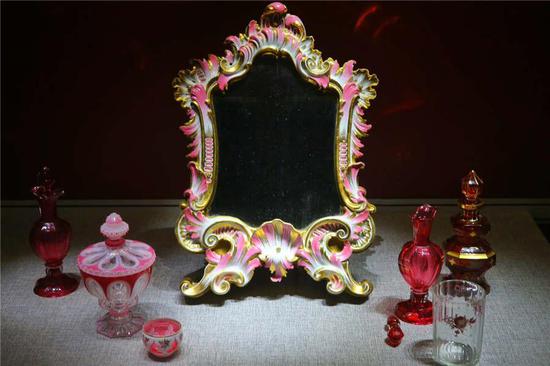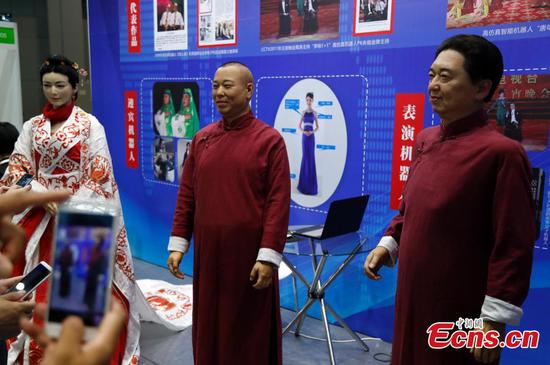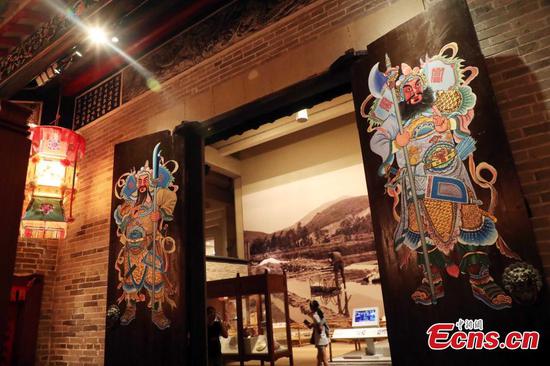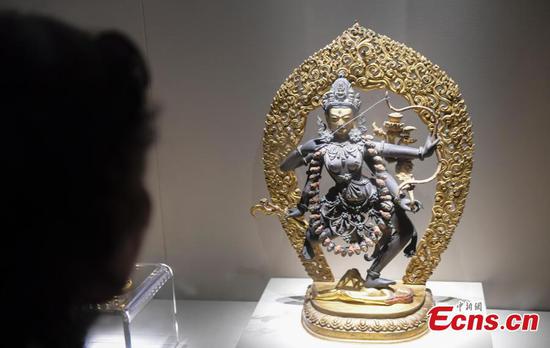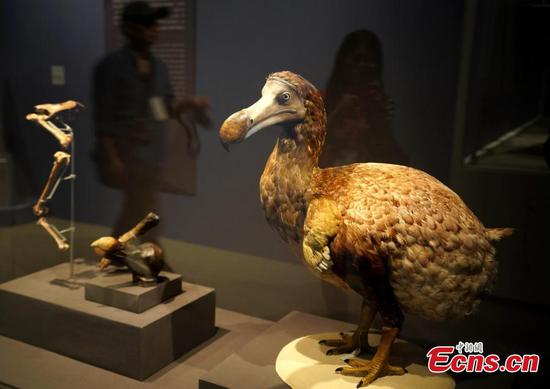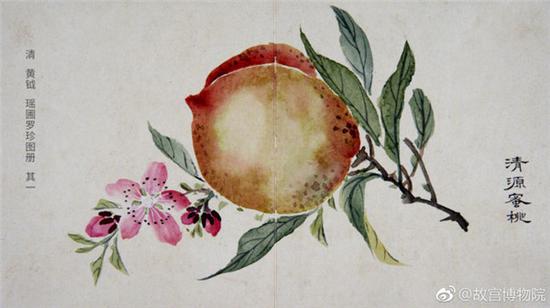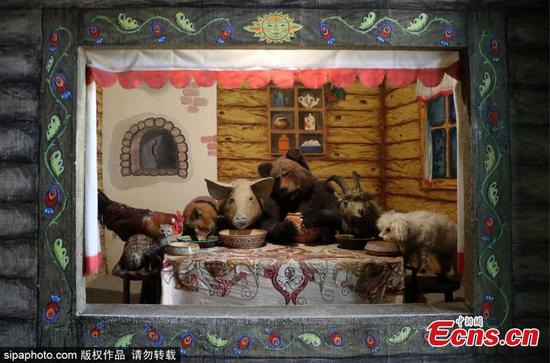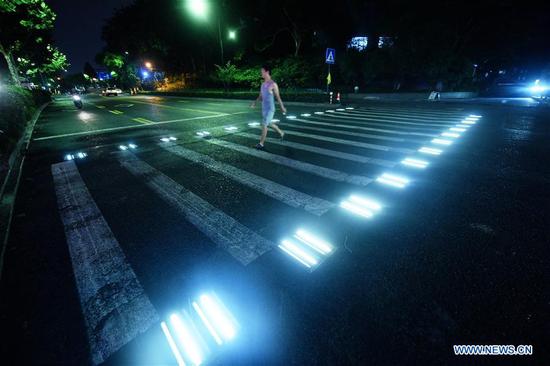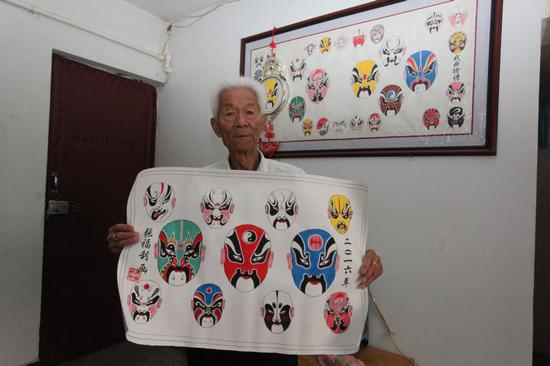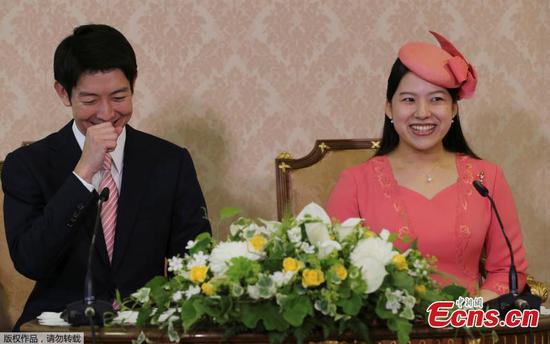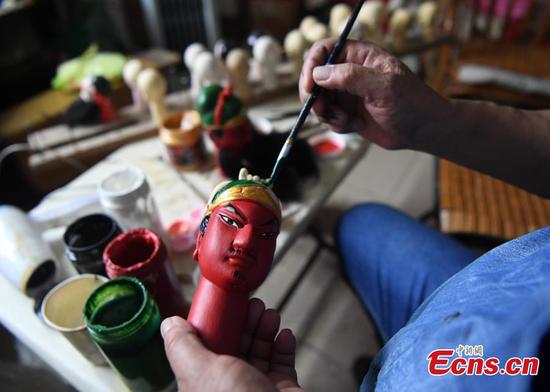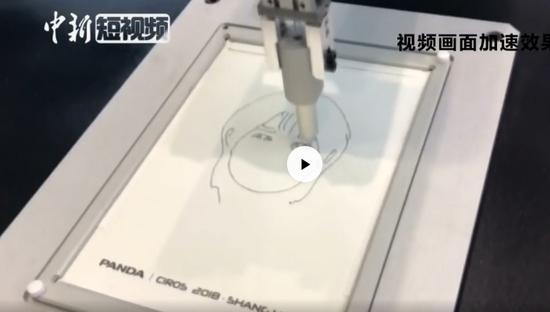A national regulation on identifying cultural relics in legal cases took effect on Thursday.
The regulation was released by the State Administration of Cultural Heritage, the Supreme People's Court, the Supreme People's Procuratorate, the Ministry of Public Security and the General Administration of Customs.
It was drafted to better supervise the identification of cultural relics, including references in the legal process, according to a statement on the heritage administration's website. It also set up a strict evaluation system to verify the quality and authority of such work.
The regulation defines the basic principles of appraisal, standardizes working procedures and lists detailed criteria for appraisers.
"The regulation will be the foundation for appraising and identifying cultural relics in legal cases," the statement said.
According to a document further explaining the regulation, identification of cultural relics refers to two major categories: "movable cultural relics" including porcelain, jade and other stone pieces, metal articles, paintings and calligraphy; and "unmovable artifacts" including sites of early civilizations, ancient tombs, ancient architecture and stone carvings and shrines in caves.
The identification process will check the authenticity and age of artifacts and assess their historical, artistic and scientific value.
If necessary and if conditions allow, economic values will be estimated. For some damaged artifacts, the loss will be evaluated.
As China is a country with abundant cultural heritage, theft and illicit trade of these artifacts often occur, but there is often a shortage of independent opinion to appraise disputed artifacts in the legal process, according to Huo Zhengxin, a professor at China University of Political Science and Law.
"A common puzzle today is that people handling legal cases often lack expertise and knowledge about cultural relics," Huo said. "They have to refer to so-called connoisseurs or antique collectors in society for appraisal. But this industry is somewhat chaotic. The conclusions of connoisseurs are often not authoritative. They cannot be used for reference in court."
He praised the new regulation and said it will help solve the problem.
"It will provide more discipline in fighting crimes involving cultural relics," Huo said.
In the appendix of the regulation, 41 institutions nationwide are licensed as identification centers. According to the cultural heritage administration, these institutions have provided official reports in 1,300 legal cases involving 70,000 movable cultural relics and 600 unmovable ones since 2016.









